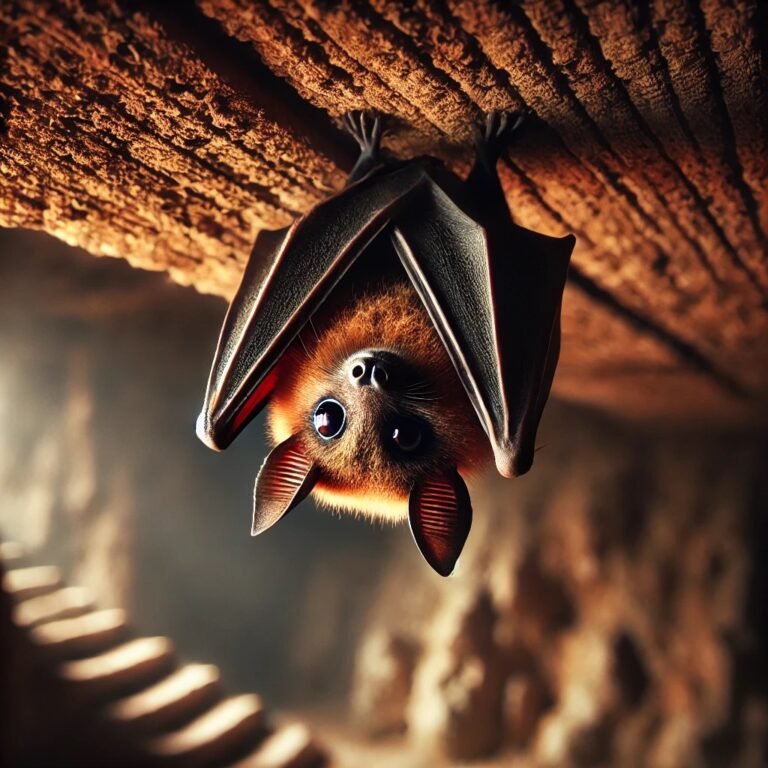Mammals come in all shapes and sizes, but some are incredibly tiny. So, what is the smallest mammal in the world?
Answer
The smallest mammal in the world is the bumblebee bat, also known as Kitti’s hog-nosed bat, which weighs about 2 grams (0.07 ounces) and measures around 3 cm (1.1 inches) in length.
Simple Explanation
The bumblebee bat is so small that it can easily fit in the palm of your hand! It’s lighter than a paperclip and is found in caves in Thailand and Myanmar.
Detailed Explanation
The bumblebee bat, known scientifically as Craseonycteris thonglongyai, was discovered in 1974 and has since captured the interest of biologists and animal enthusiasts alike due to its minuscule size. It is notably the lightest mammal in the world, comparable in weight to a dime. This tiny bat is typically brown or gray and has a distinctive appearance with a short snout that resembles that of a pig.
Where Does It Live?
Bumblebee bats are predominantly found in the limestone caves of Thailand and Myanmar. They prefer to roost in dark, humid environments, which provide safety from predators. These bats are adapted to their environments and are well-known for their ability to navigate through narrow cave passages using echolocation to find insects to eat.
Why Is It Important?
The bumblebee bat plays a crucial role in the ecosystem by helping to control insect populations. Researchers study these bats not only to understand their unique adaptations but also to learn how small mammals can thrive in specific habitats. Conservation efforts are vital for their survival, as habitat destruction poses a significant threat to their populations.
Conclusion
The bumblebee bat exemplifies the fascinating diversity of mammals, showing us that size doesn’t always equate to importance in the ecosystem. Preserving its habitat is essential to ensure that this tiny creature continues to thrive.
FAQ
Q: Are there smaller mammals than the bumblebee bat?
A: No, the bumblebee bat is currently recognized as the smallest mammal in both weight and length.
Q: How does the bumblebee bat find food?
A: Bumblebee bats use echolocation to locate insects in the dark and narrow spaces of their cave habitats.
Q: How many bumblebee bats live in a colony?
A: They can be found in small colonies, typically numbering from a few dozen to a couple of hundred individuals.
Q: What are the threats to the bumblebee bat?
A: Habitat destruction, climate change, and human disturbance of their roosting sites are the primary threats to their survival.




